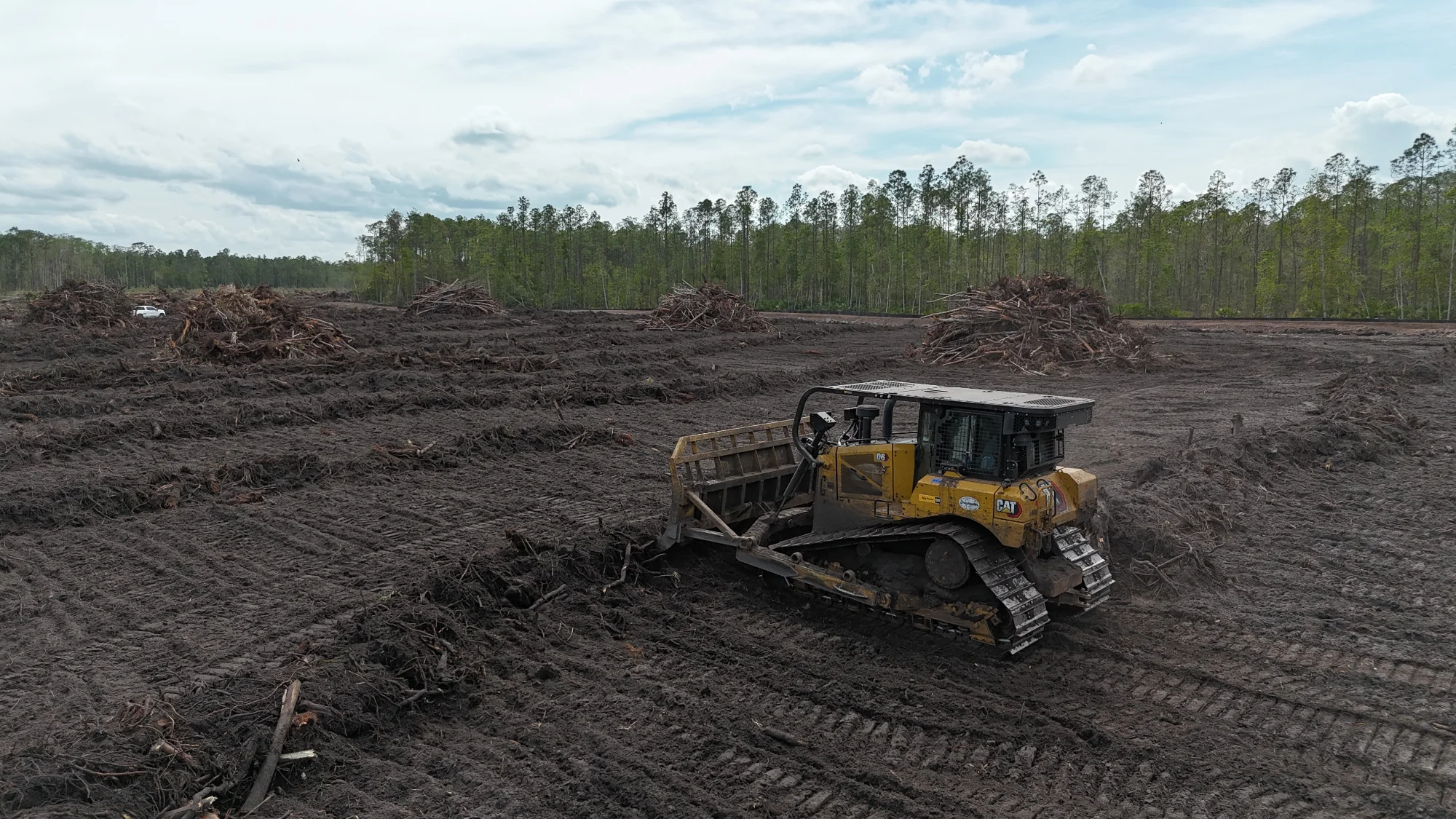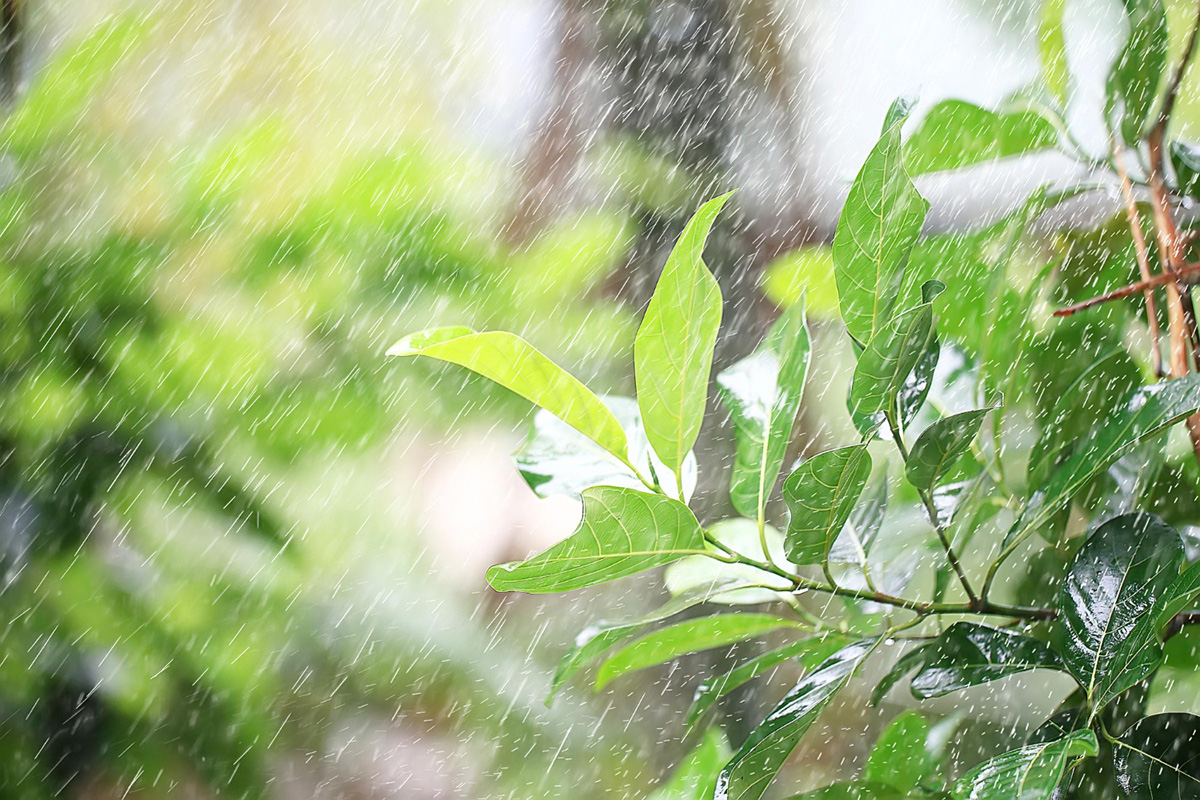

As precipitation runoff journeys to storm drains, rivers, and watersheds, it gathers contaminants and residue along the way. As a result, filth, fertilizers, pesticides, and other pollutants wreak havoc on our waterways and drive poor water quality in our neighborhoods.
Many states and municipalities have legislated to mitigate these issues and regulate how stormwater is addressed. As a result, various green infrastructure resolutions are increasingly prevalent to filter runoff, improve erosion and sedimentation management, and decrease flooding. Our experts on land clearing in Oviedo want you to know one of these methods is the rain garden.
A rain garden is a basin designed to catch and penetrate stormwater runoff. A superficial depression is lined with an easy-draining soil mix of topsoil, sand, and compost. Hardy native vegetation is then grown in this basin. Stormwater runoff accumulates in the garden, is filtered via the soil, and is gradually released into the ground. Ridges surround the basin's perimeter to hold the rainwater in the specified area.
Unlike detention basins, which hold back and discharge runoff at the surface, or retention basins, which sustain a permanent pool of water, rain gardens are developed to dewater through infiltration and evapotranspiration.
Infiltration and detention basins are often more prominent, have less plant material, and appear more like meadows instead of structured gardens. Nonetheless, rain gardens are generally smaller and focus more on aesthetics. In addition to enhancing water quality and decreasing runoff, they're created to be an engaging and eye-catching space.
One of the most significant advantages of rain gardens is their ability to absorb a considerable amount of water. Specialists estimate these drainage approaches can soak up 30% more moisture than typical grass. Not only will this help control flooding, but it redirects impurities for a more pristine water supply.
Greenspaces reduce stress, boost productivity, and improve health. Whether you design a new office structure, a senior living establishment, or a church, everybody can profit from time in nature.
Creating an attractive rain garden is an acceptable way to include more greenspaces in your project. Various native plants also draw butterflies, hummingbirds, and other nature. However, one insect an appropriately designed rain garden will not be home to is a mosquito. Mosquitoes adore standing water, but a functional rain garden should not retain water long enough for these nuisances to settle in.
Rain gardens and retention basins have rare downsides, so long as they're appropriately designed and constructed. If your rain garden does not function properly, you may have problems with drainage. Rainwater runoff will gather in the basin, leading to backups and flooding. An improperly developed basin can also lead to inflated erosion rates. To ensure this doesn't occur, excavators conduct dual-ring infiltration trials to guarantee that the design's infiltration rates are even. This means you won't have a large tract of oversaturated land. Select an excavating team with experience establishing rain gardens and retention basins to bypass these headaches down the road.
We hope this helps you understand how rain gardens are effective solutions for managing stormwater. Contact us today if you need land clearing in Oviedo. We are here to help.